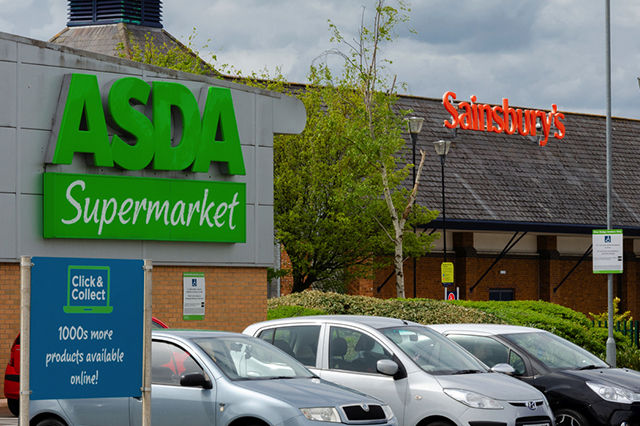
albert Chan
We have provisionally found that, should the two merge, shoppers could face higher prices, reduced quality and choice, and a poorer overall shopping experience across the UK. We also have concerns that prices could rise at a large number of their petrol stations.
As well as concerns for people shopping in their stores, the CMA is concerned the merger could drive up prices and reduce the quality of service for online customers. It also believes the deal could lead to inflated fuel costs at more than 100 locations where Sainsbury’s and Asda petrol stations overlap.
The CMA noted several potential options for addressing its concerns and restoring competition in the market, including requiring the merging companies to sell off a significant number of stores and other assets — potentially including one of the Sainsbury’s or Asda banners — or simply blocking the deal.
In terms of store disposals, the CMA noted that these would need to satisfy several requirements, including that they would be of such scale that they would enable the purchaser “to compete effectively as a national grocery retailer” both in store and online, including in all the areas where Sainsbury’s and Asda have overlapping operations; and the disposals would need to include one or more petrol filling stations in 132 areas where the merger would lessen competition. Despite the onerous criteria that would likely come with a store-disposal requirement, the CMA noted:There is a significant risk that a divestiture will not be effective in this particular case given the substantial scale and complexity of [store] divestiture likely to be required, the potential impact of a divestiture of this scale on the ongoing operations of the Parties, and the practicality of the divestiture process itself.
Sainsbury’s issued a statement in response to the CMA’s commentary, stating:We fundamentally disagree with the provisional findings. These misunderstand how people shop in the U.K. today and the intensity of competition in the grocery market. The CMA has moved the goalposts and its analysis is inconsistent with comparable cases.
Combining Sainsbury's and Asda would create significant cost savings which would allow us to lower prices.
Sainsbury’s CEO Mike Coupe told BBC Radio 4 that he thought the CMA’s reasoning was “fundamentally flawed.” Despite Sainsbury’s response, we see little surprise in the CMA’s conclusion that the merger could drive up prices, given it would result in a highly concentrated U.K. grocery market. At their current scale, Sainsbury’s and Asda would together control 31.2% of the U.K. grocery market, according to Kantar Worldpanel data. Sainsbury-Asda and current market leader Tesco would in total control almost 60% of the U.K. grocery market, creating an exceptionally consolidated market — and one that is focused on selling nondiscretionary products. Time for Sainsbury’s to Reconsider the Merger? The CMA’s announcement indicates that even if the it allows the merger, it will require a substantial number of store disposals, and these would most likely be large superstores given Asda’s focus on this format. This could bring risk for Sainsbury’s and Asda:- Disposing of a large tranche of stores, or even one of the Sainsbury’s or Asda banners, could undermine the economics of the merger.
- The merged company may struggle to dispose of a large number of superstore sites: Rivals may not be interested given that U.K. grocery retailers are shifting from opening large stores in favor of opening smaller formats — and they are generally opening fewer stores than they used to.